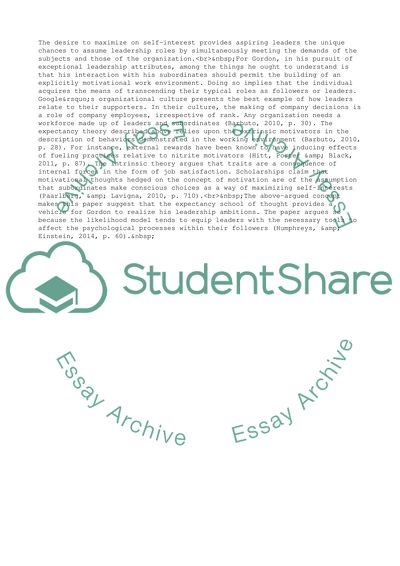Cite this document
(“Transformational Leadership and Public Service Motivation Essay”, n.d.)
Transformational Leadership and Public Service Motivation Essay. Retrieved from https://studentshare.org/management/1675447-case-study-leadership-and-motivation
Transformational Leadership and Public Service Motivation Essay. Retrieved from https://studentshare.org/management/1675447-case-study-leadership-and-motivation
(Transformational Leadership and Public Service Motivation Essay)
Transformational Leadership and Public Service Motivation Essay. https://studentshare.org/management/1675447-case-study-leadership-and-motivation.
Transformational Leadership and Public Service Motivation Essay. https://studentshare.org/management/1675447-case-study-leadership-and-motivation.
“Transformational Leadership and Public Service Motivation Essay”, n.d. https://studentshare.org/management/1675447-case-study-leadership-and-motivation.


